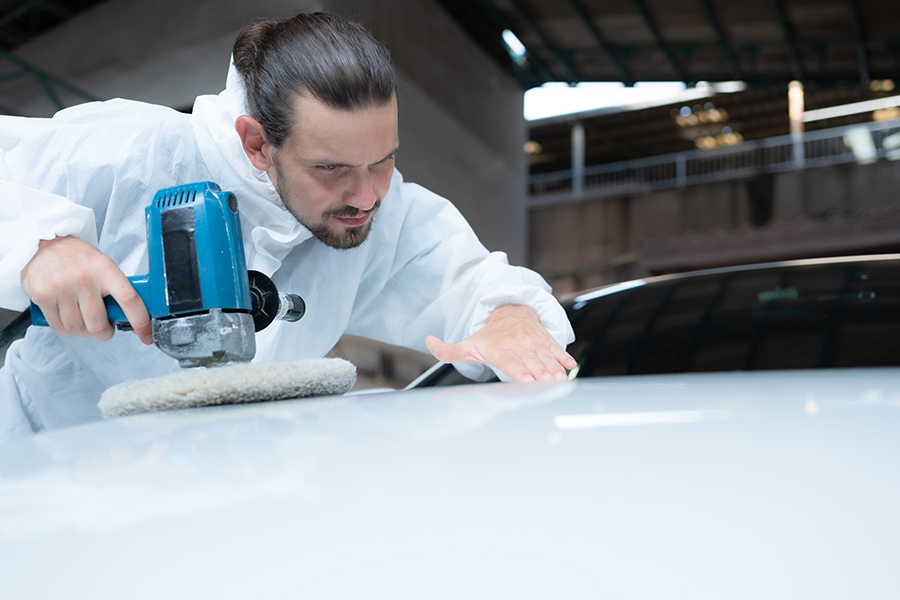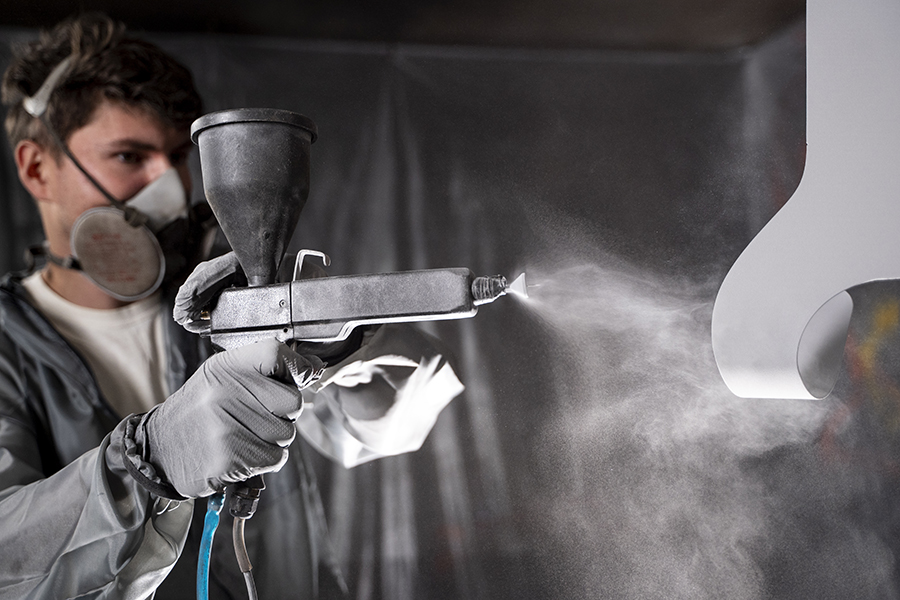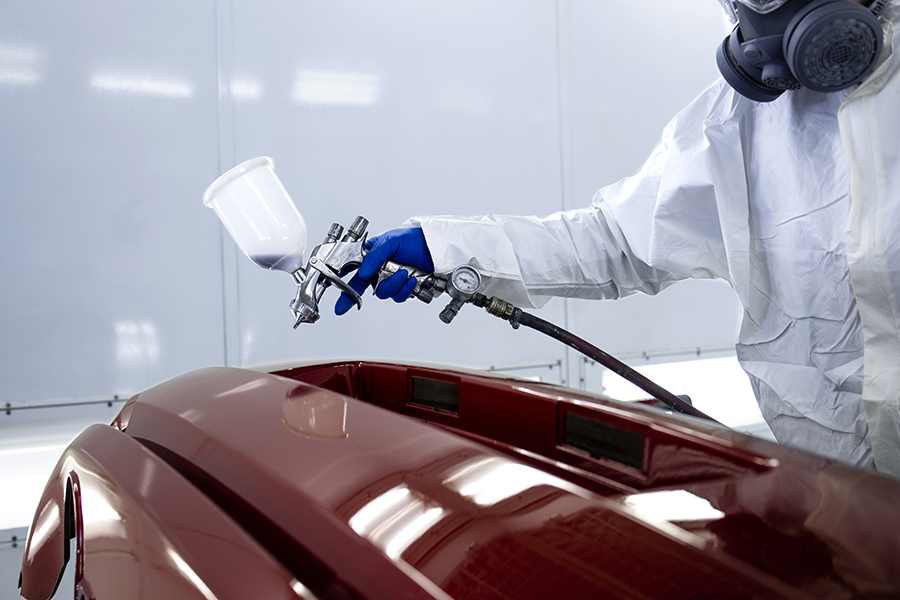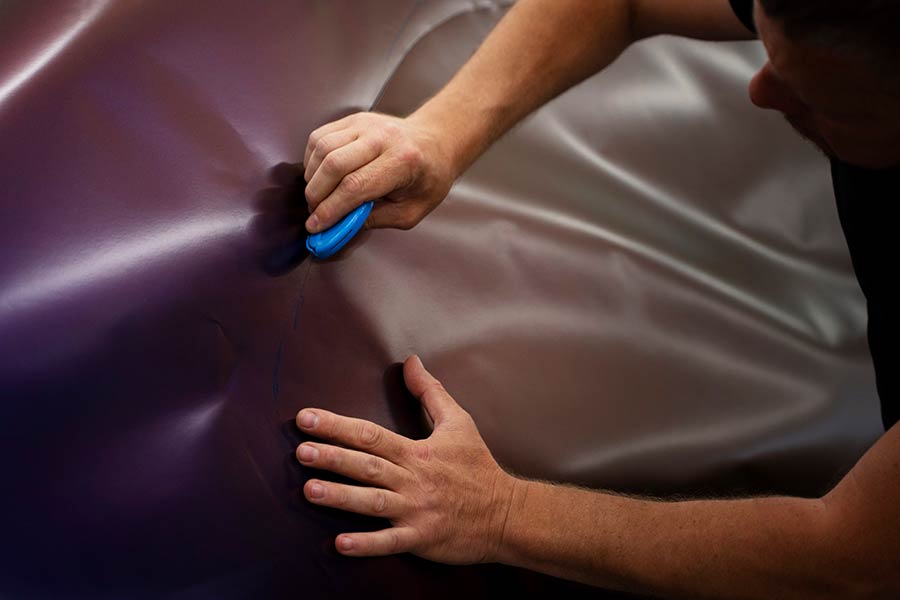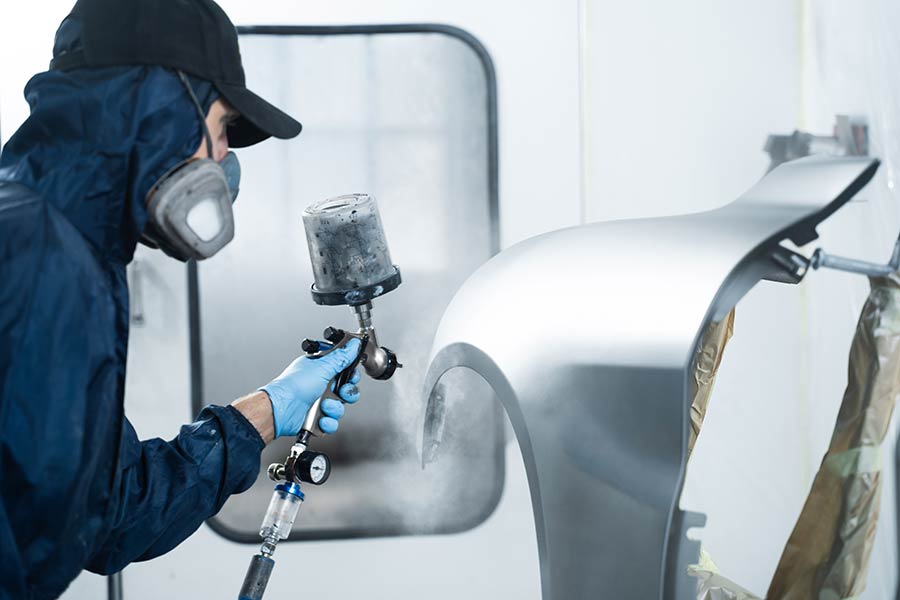Ever seen a scratch on your car and felt like it's the end of the world? Fixing paint on your car doesn't have to be rocket science. It's more like playing with colors, only this time, it's on your ride. Whether you're dealing with tiny chips or big scrapes, there's a way to make it look fresh again. We'll dive into easy steps to get that shine back. You don't need to be a pro; just grab some tools and let's roll up our sleeves. Ready to make your car sparkle?
Key Takeaways
- Know the Problem: Identify what's wrong with your car paint. Is it a scratch, chip, or fade?
- Get Ready: Clean the area and gather tools like sandpaper, primer, and paint.
- Follow Steps: Use the right steps to fix paint. Start with sanding, then prime, paint, and finish.
- Fix Specific Issues: Different problems need different fixes. Match your method to the damage.
- Protect Your Paint: Use wax or sealant to keep your car's paint safe from future harm.
- Stay Informed: Learn about common causes of paint damage to prevent it from happening again.
Understanding Car Paint Issues
Common Paint Problems
Car paint faces many challenges. Fading often happens because of too much sun. The sun's rays can make the color look dull. Peeling is another issue. It occurs when the paint does not stick well to the car. Weather, like rain or snow, can make it worse. Scratches are also common. These can come from small bumps or when something rubs against the car.
Causes of Paint Damage
Many things can harm car paint. Environmental factors play a big role. UV rays from the sun and acid rain can weaken the paint. Physical damage is also a concern. Small stones or debris on the road might hit your car, causing chips or scratches. Accidents can leave bigger marks. Chemicals are dangerous too. Spilled gasoline or bird droppings can eat away at the paint surface.
Importance of Timely Repairs
Fixing paint problems quickly is important. Exposed metal under peeling paint can rust if not treated soon. Rust weakens the car and looks bad. Keeping your car's paint in good shape helps maintain its value and appearance. Cars with nice paint often sell for more money. Quick repairs stop further damage, saving you time and money later.
Preparing for Paint Repair
Gather Essential Supplies
First, get the right supplies. Touch-up paint is important. It should match your car's color. You can find this at auto shops. Next, you need sandpaper. Sandpaper helps prepare the surface. A primer is also needed. It makes the paint stick better. Finally, add a clear coat. This gives a shiny finish.
Choose a Suitable Location
Find a good place to work. A well-ventilated area is best. This keeps fumes away. Avoid places with dust. Dust can ruin your paint job. A shaded spot works well too. Paint dries too fast in direct sunlight.
Clean and Prep the Area
Start by cleaning the car. Wash it to remove dirt and grime. Use soap and water for this task. Then dry it well with a cloth or towel. Make sure there’s no moisture left behind. Lightly sand the area next. Sanding smooths out any imperfections on the surface.
Steps to Fix Paint
Select the Right Color
First, you need to find the right color. Match the paint code found on your vehicle. It's usually on a sticker inside the door. Test the paint on a small area first. This ensures it matches perfectly. If unsure, consider professional help for exact matches.
Apply Touch-Up Paint
Use a fine brush for precise application. Apply the paint in thin layers. This avoids drips and uneven spots. Allow each layer to dry before adding more. This patience results in a smoother finish.
Use Multiple Coats
Build up the paint gradually. This ensures even coverage across the area. Let each coat fully dry before applying another. This helps achieve a seamless blend with existing paint. Multiple coats create depth and richness in color.
Finish with Clear Coat
Finish by applying a clear coat over the new paint. This protects it from damage and enhances gloss and shine. A clear coat also seals the paint, preventing future problems like fading or chipping.
Addressing Specific Paint Damage
Fix Surface Scratches
For minor scratches, a scratch remover works well. It helps in smoothing out the blemishes. Gently buff the area to blend it with the surrounding paint. This step is crucial for a seamless finish. After you buff, clean the area thoroughly. A clean surface ensures that no residue remains. This leaves your car looking polished.
Repair Deep Scratches
Deep scratches need more care. Start by filling them with a suitable filler. Make sure the filler matches the car's color. Once dry, sand the area until smooth. Sanding removes any excess material and prepares it for painting. Next, repaint the scratched area carefully. Use a clear coat after painting for protection. The clear coat adds shine and durability.
Treat Paint Chips
Paint chips can be unsightly. Begin by cleaning the chipped area well. Dirt can interfere with the repair process. Apply touch-up paint to fill in the chip spots. Be precise to avoid overpainting. After applying the touch-up paint, use a clear coat. This protects your repair and gives it a nice finish.
Prevent Future Paint Damage
Protect Door Edges
Door edges often get chipped. Install door edge guards to stop this from happening. These guards act like shields. They protect the paint from bumps and scratches.
It is important to check these guards regularly. Look for any signs of wear or damage. If they look worn out, replace them promptly. Sometimes, you may need to reapply protective coatings. This keeps the guards working well.
Manage Road Rash
Road rash can harm your car's paint. Identify which areas are affected. Small chips can be fixed with touch-up paint. This helps cover the damage and protects the metal underneath.
For high-impact zones, consider using a protective film. These films act as a barrier against stones and debris. They keep your car looking new for longer.
Regular Maintenance Tips
Regular maintenance helps keep paint in good condition. Wash your car often to remove dirt and grime. Waxing adds an extra layer of protection for the paint.
Parking in shaded areas is smart. It reduces sun damage that can fade the paint over time. Inspect the car frequently for any signs of damage. Address any issues promptly to prevent further harm.
Summary
You've got the know-how to fix that pesky paint on your car. From understanding the issues to preparing and tackling specific damages, you're all set. Just like a pro chef with their secret sauce, you've got the recipe for success. Now, it's up to you to keep that ride looking fresh.
Don't let future damage rain on your parade. Keep your car's paint in tip-top shape with regular maintenance. Remember, a stitch in time saves nine. So go ahead, roll up those sleeves, and give your car the TLC it deserves. And hey, if you found this guide handy, share it with a friend or two. They might just thank you for it!
Frequently Asked Questions
How can I identify car paint issues?
Look for signs like fading, peeling, or scratches. These are like the wrinkles and scars of your car's skin. If you spot any, it’s time to consider a repair.
What should I do before starting a paint repair?
First, clean the area thoroughly. Think of it as giving your car a fresh canvas. This helps the new paint stick better and look smoother.
What are the basic steps to fix car paint?
Start by sanding the damaged area. Then, apply primer, followed by paint, and finish with a clear coat. It's like layering a cake; each step adds to the final look.
How do I handle specific paint damage like scratches?
For light scratches, use a polishing compound. It’s like using an eraser on pencil marks. For deeper ones, you might need touch-up paint.
How can I prevent future car paint damage?
Regularly wash and wax your car. It’s like giving your car sunscreen and moisturizer. This protects against sun, dirt, and other elements.
Is it necessary to sand before painting?
Yes, sanding ensures the surface is smooth. Imagine trying to draw on a bumpy paper—it just doesn’t work well. Sanding helps the new paint adhere properly.
Can I fix paint chips myself?
Absolutely! Use a touch-up kit for small chips. It’s like using nail polish to cover a chip in your manicure—quick and easy for minor fixes.
